Audi 2011 Annual Report Download - page 85
Download and view the complete annual report
Please find page 85 of the 2011 Audi annual report below. You can navigate through the pages in the report by either clicking on the pages listed below, or by using the keyword search tool below to find specific information within the annual report.-
 1
1 -
 2
2 -
 3
3 -
 4
4 -
 5
5 -
 6
6 -
 7
7 -
 8
8 -
 9
9 -
 10
10 -
 11
11 -
 12
12 -
 13
13 -
 14
14 -
 15
15 -
 16
16 -
 17
17 -
 18
18 -
 19
19 -
 20
20 -
 21
21 -
 22
22 -
 23
23 -
 24
24 -
 25
25 -
 26
26 -
 27
27 -
 28
28 -
 29
29 -
 30
30 -
 31
31 -
 32
32 -
 33
33 -
 34
34 -
 35
35 -
 36
36 -
 37
37 -
 38
38 -
 39
39 -
 40
40 -
 41
41 -
 42
42 -
 43
43 -
 44
44 -
 45
45 -
 46
46 -
 47
47 -
 48
48 -
 49
49 -
 50
50 -
 51
51 -
 52
52 -
 53
53 -
 54
54 -
 55
55 -
 56
56 -
 57
57 -
 58
58 -
 59
59 -
 60
60 -
 61
61 -
 62
62 -
 63
63 -
 64
64 -
 65
65 -
 66
66 -
 67
67 -
 68
68 -
 69
69 -
 70
70 -
 71
71 -
 72
72 -
 73
73 -
 74
74 -
 75
75 -
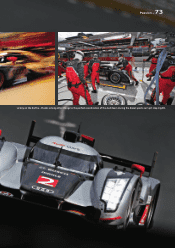 76
76 -
 77
77 -
 78
78 -
 79
79 -
 80
80 -
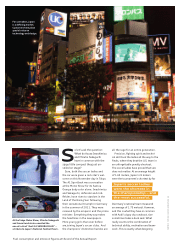 81
81 -
 82
82 -
 83
83 -
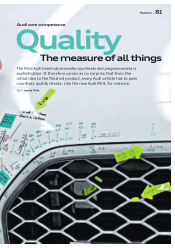 84
84 -
 85
85 -
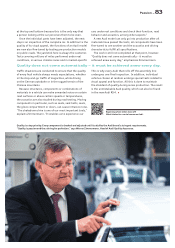 86
86 -
 87
87 -
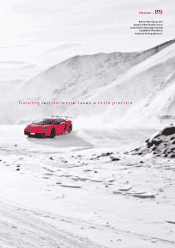 88
88 -
 89
89 -
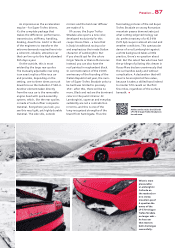 90
90 -
 91
91 -
 92
92 -
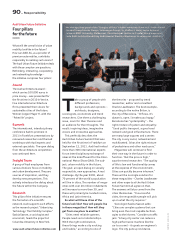 93
93 -
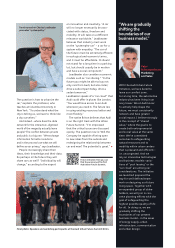 94
94 -
 95
95 -
 96
96 -
 97
97 -
 98
98 -
 99
99 -
 100
100 -
 101
101 -
 102
102 -
 103
103 -
 104
104 -
 105
105 -
 106
106 -
 107
107 -
 108
108 -
 109
109 -
 110
110 -
 111
111 -
 112
112 -
 113
113 -
 114
114 -
 115
115 -
 116
116 -
 117
117 -
 118
118 -
 119
119 -
 120
120 -
 121
121 -
 122
122 -
 123
123 -
 124
124 -
 125
125 -
 126
126 -
 127
127 -
 128
128 -
 129
129 -
 130
130 -
 131
131 -
 132
132 -
 133
133 -
 134
134 -
 135
135 -
 136
136 -
 137
137 -
 138
138 -
 139
139 -
 140
140 -
 141
141 -
 142
142 -
 143
143 -
 144
144 -
 145
145 -
 146
146 -
 147
147 -
 148
148 -
 149
149 -
 150
150 -
 151
151 -
 152
152 -
 153
153 -
 154
154 -
 155
155 -
 156
156 -
 157
157 -
 158
158 -
 159
159 -
 160
160 -
 161
161 -
 162
162 -
 163
163 -
 164
164 -
 165
165 -
 166
166 -
 167
167 -
 168
168 -
 169
169 -
 170
170 -
 171
171 -
 172
172 -
 173
173 -
 174
174 -
 175
175 -
 176
176 -
 177
177 -
 178
178 -
 179
179 -
 180
180 -
 181
181 -
 182
182 -
 183
183 -
 184
184 -
 185
185 -
 186
186 -
 187
187 -
 188
188 -
 189
189 -
 190
190 -
 191
191 -
 192
192 -
 193
193 -
 194
194 -
 195
195 -
 196
196 -
 197
197 -
 198
198 -
 199
199 -
 200
200 -
 201
201 -
 202
202 -
 203
203 -
 204
204 -
 205
205 -
 206
206 -
 207
207 -
 208
208 -
 209
209 -
 210
210 -
 211
211 -
 212
212 -
 213
213 -
 214
214 -
 215
215 -
 216
216 -
 217
217 -
 218
218 -
 219
219 -
 220
220 -
 221
221 -
 222
222 -
 223
223 -
 224
224 -
 225
225 -
 226
226 -
 227
227 -
 228
228 -
 229
229 -
 230
230 -
 231
231 -
 232
232 -
 233
233 -
 234
234 -
 235
235 -
 236
236 -
 237
237 -
 238
238 -
 239
239 -
 240
240 -
 241
241 -
 242
242 -
 243
243 -
 244
244 -
 245
245 -
 246
246 -
 247
247 -
 248
248 -
 249
249 -
 250
250 -
 251
251 -
 252
252 -
 253
253 -
 254
254 -
 255
255 -
 256
256 -
 257
257 -
 258
258 -
 259
259 -
 260
260 -
 261
261 -
 262
262 -
 263
263 -
 264
264 -
 265
265 -
 266
266 -
 267
267 -
 268
268 -
 269
269 -
 270
270 -
 271
271
 |
 |

Fuel consumption and emission fi gures at the end of the Annual Report
In a bright hall on the grounds of the Ingolstadt
plant, the new Audi RS 4 rests on a stand of solid
steel, accessible from all sides. The Ibis White
paint of the RS 4 is covered with colorful numbers,
lines and stickers: Gap, concept, 0.3, 0.2 and 0.1 are
written on the engine hood. Every detail of the vehicle is
checked here on the master jig. Measurements are taken
to make sure, for example, that the Singleframe is fl ush
with the engine hood and the gaps are even. Deviations are
precisely measured to a tenth of a millimeter.
The measurements on the master jig are just one of
the checks that an Audi has to undergo. Each has a long
quality history. From the fi rst design sketch to the fi nished
product and beyond, all specialist areas place great
emphasis on quality. Vehicle reliability and durability are
just as important here as precision and visual appeal.
The understanding of quality goes far beyond the relia-
bility so appreciated by the customer. “Quality encom-
passes everything that a customer can experience in our
cars. Quality is what you can see, hear, sense and feel,”
says Werner Zimmermann, Head of Audi Quality Assurance.
“The incomparable Audi experience – high reliability
together with comfort and sportiness, precision and
sophistication – would not be possible without it.”
This holistic approach to quality begins with the choice
of materials. From the leather for the seats to the
carbon used in the body and the mix of materials in the
engine block: Everything is carefully examined. Every
piece of leather used in an Audi vehicle – on the steering
wheel, in the cabin or on the seats – undergoes 45 tests
alone to test its durability. The fi rst stage is completed
when all components satisfy the brand’s stringent quality
requirements.
An Audi comprises some 12,000 parts. With the
numerous equipment versions of the individual models,
there are millions of possible ways to put them together.
Work in the master jig therefore begins long before the
start of production. The aim is to fi ne-tune the fi t, the
visual appeal and the haptics for both the interior and
exterior – and this applies to each and every model.
Individual parts are grouped into assemblies or complete
vehicles and assessed. “Despite modern digital modeling
methods, this tangible master jig is indispensable for us,”
says Zimmermann.
That’s because the master jig enables not just the fi ne-
tuning of strictly objective criteria, but also the subjective
consideration of the whole. The gaps around the fuel tank
cap of the RS 4, for example, are intentionally diff erent
Audi vehicles are measured, described and evaluated both inside and out on the master jig. Any deviations are recorded on the car.
The objective is to coordinate all components, gaps and fl ush alignments precisely with one another.
PHOTOS | BERNHARD HUBER/AUDI AG (2); MYRZIK UND JARISCH/AUDI AG (3)
From the sketch to the fi nished car, Audi always places great emphasis on quality.
